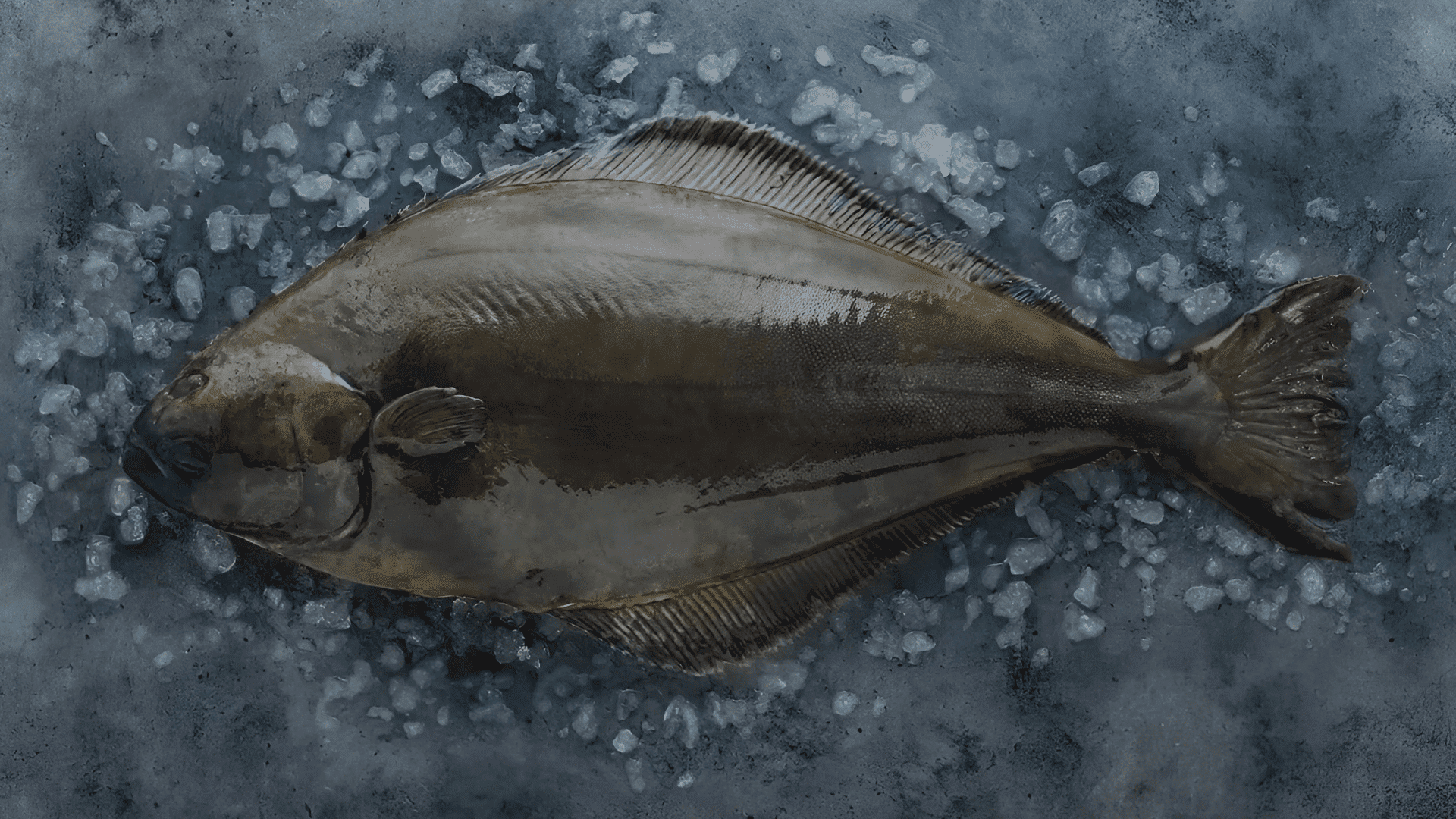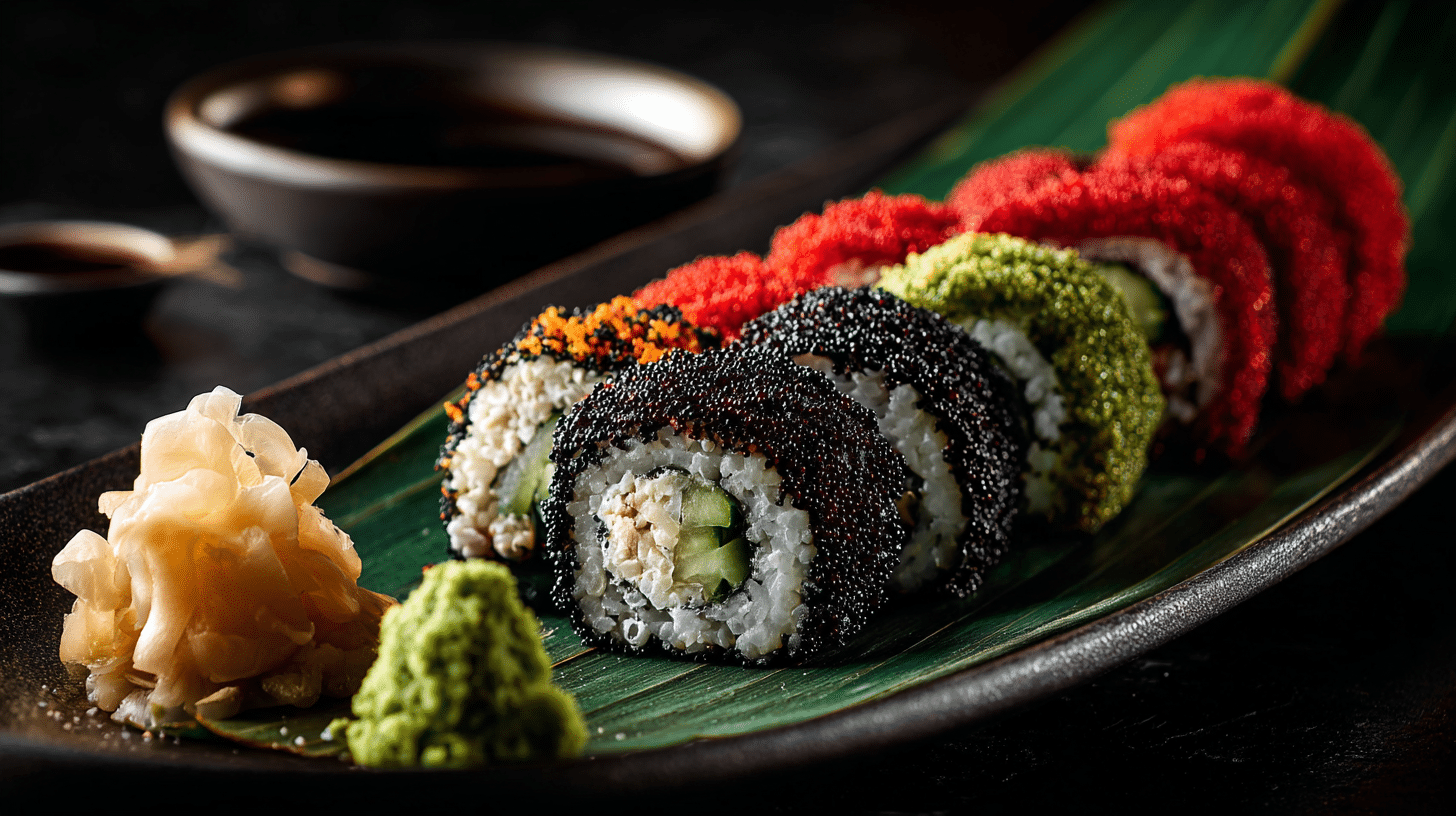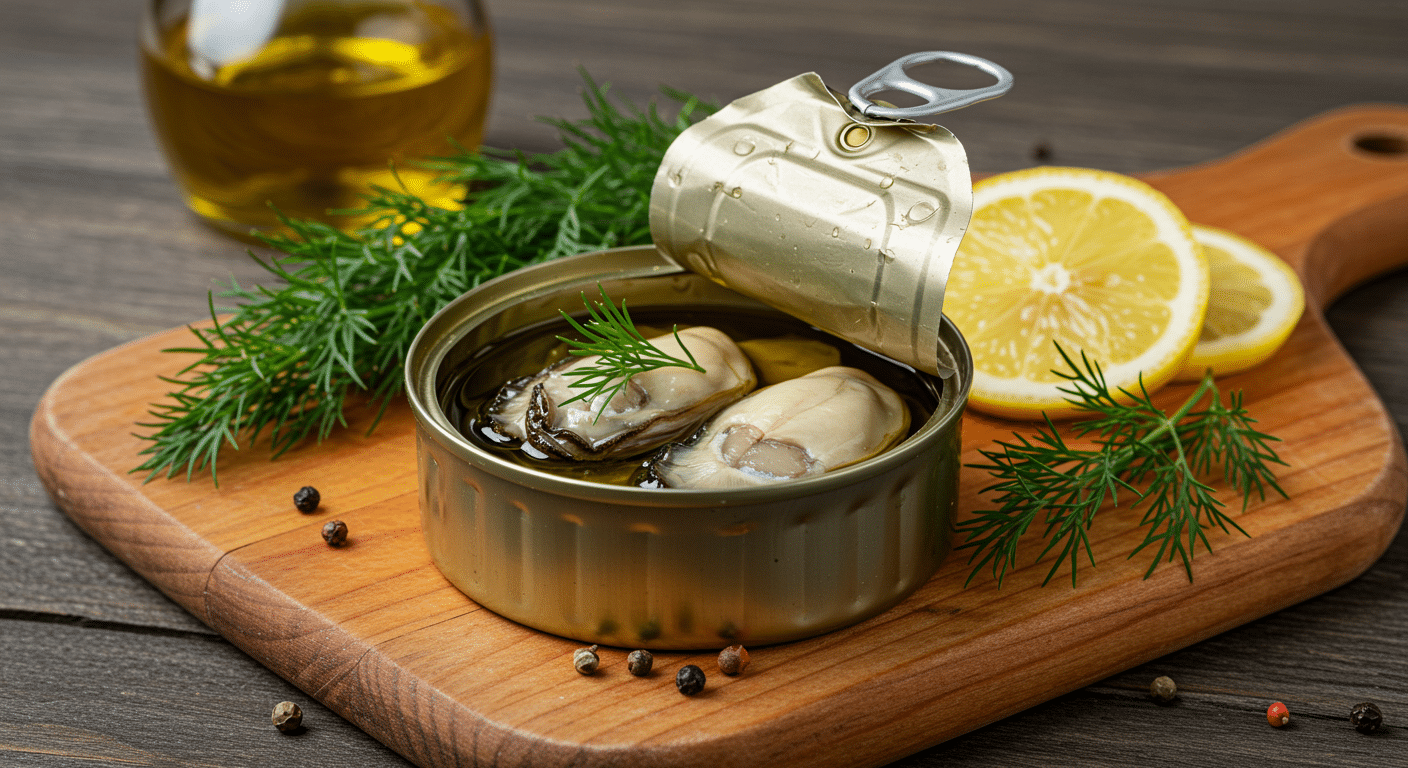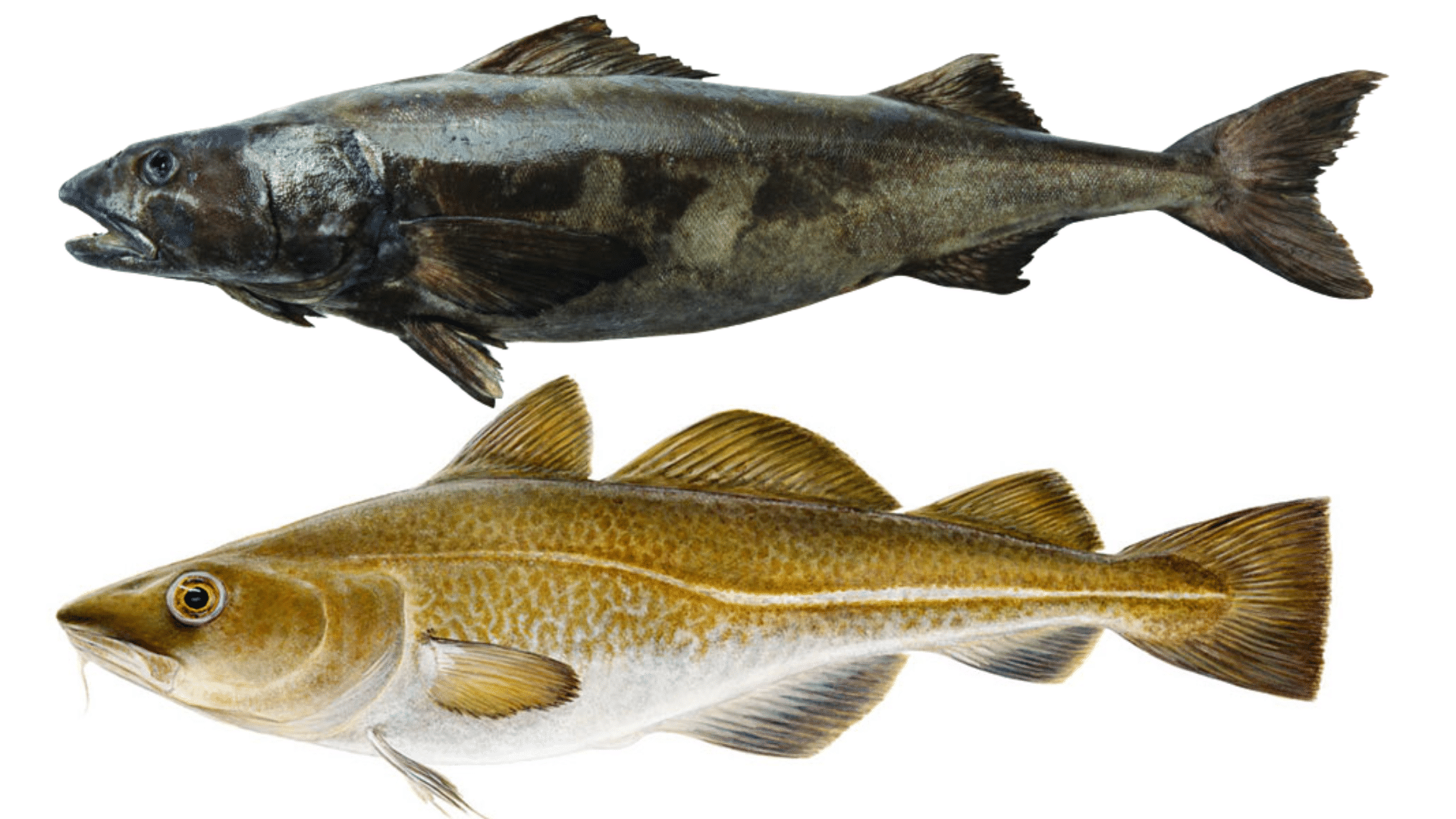Not sure what halibut tastes like? You’re not alone.
A lot of people see halibut in stores or on menus, but aren’t sure if it’s something they will like.
Does it taste fishy, mild, or strong? And what’s the best way to cook it?
In this article, you will get to know about how halibut tastes, what makes it different from other fish, and how wild and farmed halibut compare.
Let’s break it all down in a simple way.
What Does Fishy Actually Mean?
The fishy smell comes from a compound called trimethylamine oxide, which breaks down into trimethylamine.
This breakdown creates the strong odour we associate with fish.
Fresh fish has a clean, ocean-like smell and firm, translucent flesh. As fish gets stale or isn’t stored right, the breakdown process speeds up, and the fishy smell becomes more noticeable.
However, proper storage and eating fish soon after buying it helps prevent this.
Halibut’s Flavor Profile: What to Expect?

Halibut offers a surprisingly mild experience that even seafood skeptics can appreciate, with a unique texture that distinguishes it from other fish.
- Mild and Sweet: Tastes more like crab or clam than typical “fishy” fish
- Clean and Delicate: No strong oceanic flavors, just gentle sweetness
- Firm yet Flaky: Meaty texture that’s satisfying but flakes easily when cooked
- Versatile Cooking Texture: Perfect firmness for grilling, baking, or pan-searing
When Does Halibut Taste Fishy?
Halibut is usually known for its unique taste, but it can sometimes taste fishy.
There are a few reasons for this.
- First, the fish’s diet plays a role. Halibut that feeds on a diet rich in certain types of marine life can develop a stronger flavor. The environment also matters; if the fish is caught in waters with more bacteria or certain algae, it can affect the taste.
- Poor handling during storage or if the fish is kept for too long can lead to a fishier taste as well. Fresh halibut should have firm, translucent flesh and a clean, ocean-like scent.
- If it’s soft, smells off, or looks dull, it’s likely past its prime. Ensuring proper handling and eating halibut while it’s fresh helps avoid that unwanted fishy flavor.
Halibut vs. Other Popular Fish: Taste Comparisons
| FISH | TASTE | TEXTURE | FISHY SMELL/TASTE | BEST COOKING STYLES |
|---|---|---|---|---|
| Halibut | Mild, slightly sweet, clean | Firm, flaky | Rarely | Grilling, baking, pan-searing |
| Cod | Very mild, a little buttery | Soft, flaky | Not fishy | Baking, broiling, fish and chips |
| Tilapia | Very light, almost bland | Soft, delicate | Almost none | Baking, sautéing, and light frying |
| Flounder | Mild with soft flavor | Very thin, delicate | No | Pan-frying, baking, and stuffing |
| Salmon | Rich, bold, slightly oily | Soft, fatty | Sometimes | Grilling, roasting, and smoking |
| Sea Bass | Mild, soft with a slight butter note | Tender, flaky | No | Pan-searing, baking, and steaming |
Note: If you are new to eating fish or prefer milder flavors, halibut, cod, and tilapia are excellent starting points, while salmon offers a richer experience for those ready to explore bolder tastes.
Famous Halibut Recipes

Halibut is very flexible in the kitchen. Here are some classic ways to cook it:
1. Baked Spicy Halibut Fillets
- Quick Recipe: Brush halibut fillets with olive oil, season with garlic powder, paprika, and cayenne. Bake at 400°F for 12-15 minutes until flaky. Finish with lemon juice and fresh herbs.
- Pair with: Roasted asparagus, quinoa pilaf, or a crisp white wine like Sauvignon Blanc.
2. Pan-Seared Halibut with Red Wine Reduction
- Quick Recipe: Sear seasoned halibut in butter for 3-4 minutes per side. Make sauce by reducing red wine with shallots, then whisk in cold butter. Drizzle over fish.
- Pair with: Garlic mashed potatoes, sautéed spinach, or a medium-bodied Pinot Noir.
3. Halibut Tacos with Spicy Slaw
- Quick Recipe: Grill halibut with cumin and chili powder. Serve in corn tortillas with cabbage slaw mixed with lime juice, cilantro, and jalapeños.
- Pair with: Black beans, avocado slices, and a cold beer or margarita.
4. Smoked Halibut
- Quick Recipe: Brine halibut for 2 hours, then smoke at 225°F for 1-2 hours until internal temperature reaches 145°F. The gentle smoke enhances its natural sweetness.
- Pair with: Cream cheese and crackers, mixed greens, or a light lager.
Each method highlights the fish’s natural sweetness while adding exciting flavors that will make halibut a regular on your dinner table.
Certain Tips to Enhance the Flavor While Cooking
Getting the most out of halibut’s delicate flavor requires a few smart techniques that preserve its natural sweetness and tender texture.
- Don’t Overcook: Stop at 145°F internal temperature to prevent drying out
- Marinate Briefly: A quick soak in milk or citrus juice eliminates any fishy taste
- Choose High-Heat Methods: Grilling, pan-searing, and broiling create the best flavor
- Season Generously: Halibut’s mild taste welcomes bold spices and herbs
- Rest Before Serving: Let cooked halibut sit for 2-3 minutes to redistribute juices
The Bottom Line
Halibut is a delicious fish that offers a mild, sweet flavor with a satisfying texture, making it a great choice for anyone looking to try something new.
So, why not give it a try?
Next time you are at the store, consider picking up some fresh halibut and experimenting with different cooking methods.
You might just find out your new favorite fish!
Frequently Asked Questions
How to Tell if Halibut is Fresh?
Fresh halibut should look moist and bounce back when pressed.
Can You Eat Halibut Raw?
Yes, it’s used in ceviche and sushi, but make sure it’s sushi-grade.
What’s the Best Seasoning for Halibut?
Salt, pepper, garlic, lemon, dill, or parsley all go well. Keep it simple to let the fish shine.
How Can You Tell if Halibut has Gone Bad?
A sour or strong fishy smell, mushy texture, or grayish color are all signs it’s not good to eat.







